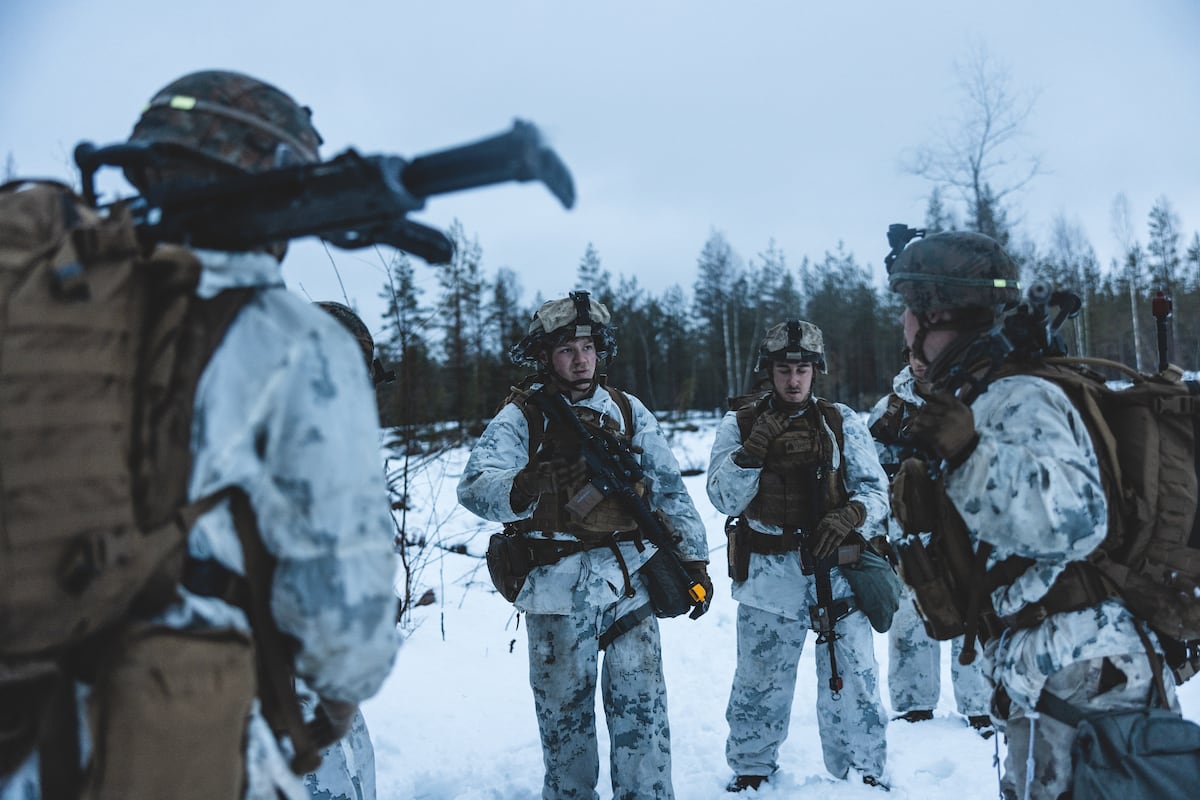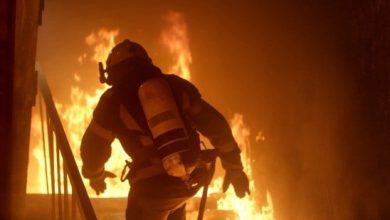For years, the U.S. has been pushed by military officials and lawmakers to devote more resources to the rapidly evolving Arctic environment, but it is a recent surge in regional collaboration between China and Russia that is giving rise to an all-new sense of urgency.
Speaking at the Center for Strategic and International Studies on Thursday, Iris A. Ferguson, the deputy assistant secretary of defense for Arctic and Global Resilience, warned that Beijing is increasingly eyeing the Arctic as a domain that would further China’s power assertions and economic resources.
Those concerns have been amplified by a swarm of recent military activity in the region. Despite Russia approaching its third year of war following its February 2022 invasion of Ukraine, it has remained committed to directing military and economic resources to the region — at times with China by its side.
In summer 2023, Russian and Chinese militaries conducted joint training in the Bering Strait, a strategic waterway separating Russian and Alaskan peninsulas. Joint air exercises and patrols by the two nations’ coast guards have since added to the uneasiness stirring in the Pentagon.
“This kind of increasing levels of military cooperation is new,” Ferguson said. “Certainly, it’s new within and around Alaska. … Just this past summer, right after we released our department [Arctic] strategy, we saw a joint bomber patrol off of the coast.”
China’s regional ambitions, meanwhile, are not limited to a military presence, Ferguson said. Scientific research projects, among other endeavors, have provided another gateway through which Beijing is staking claim.
Such projects could yield long-term economic gains while planting China on America’s doorstep.
“We really just need to be clear-eyed about some of their intentions and … thinking about their long-term interests and how we can best protect ours,” Ferguson said. “The strategic interests that they have in the region are … giving us pause.”
Further exacerbating developments has been a warming climate throughout the high North, where temperatures since 1979 have heated four times faster than the rest of the world, degrading ice caps and glaciers and opening previously inaccessible shipping and settlement routes.
In summer 2020, Canada’s last remaining ice shelf collapsed into the Arctic Ocean, severing over 40% of its total area near Nunavut’s Ellesmere Island.
A mixture of air temperatures 9 degrees Fahrenheit above average, offshore winds and open waters adjacent to the Milne Ice Shelf instigated a break of ice approximately 80 square kilometers in size, or roughly 20 square kilometers larger than Manhattan.
In its 2024 Arctic Strategy, the Pentagon noted the “increasingly accessible region is becoming a venue for strategic competition, and the United States must stand ready to meet the challenge alongside allies and partners.”
Service-specific and multinational exercises, routine Arctic training and a continued presence that ensures the stability and defense of international waterways were points emphasized in the DOD strategy that would go toward meeting those demands.
To what extent this blend of near-peer enemy and environmental unpredictabilities will be impacted by the incoming Trump administration remains to be seen. But for now, at least from the Pentagon’s perspective, the U.S. must remain regionally stout, Ferguson said, and bolster relationships with northern European allies.
“[We have] seven like-minded partners that are incredibly militarily capable and also have heavy geostrategic alignment with us,” she said. “We’ve long had exercises that operate in the region, but we’re really looking at how we can use those as a deterrent effect, working alongside our allies and partners.”
Jon Simkins is the executive editor of Military Times and Defense News, and a Marine Corps veteran of the Iraq War.
Read the full article here





